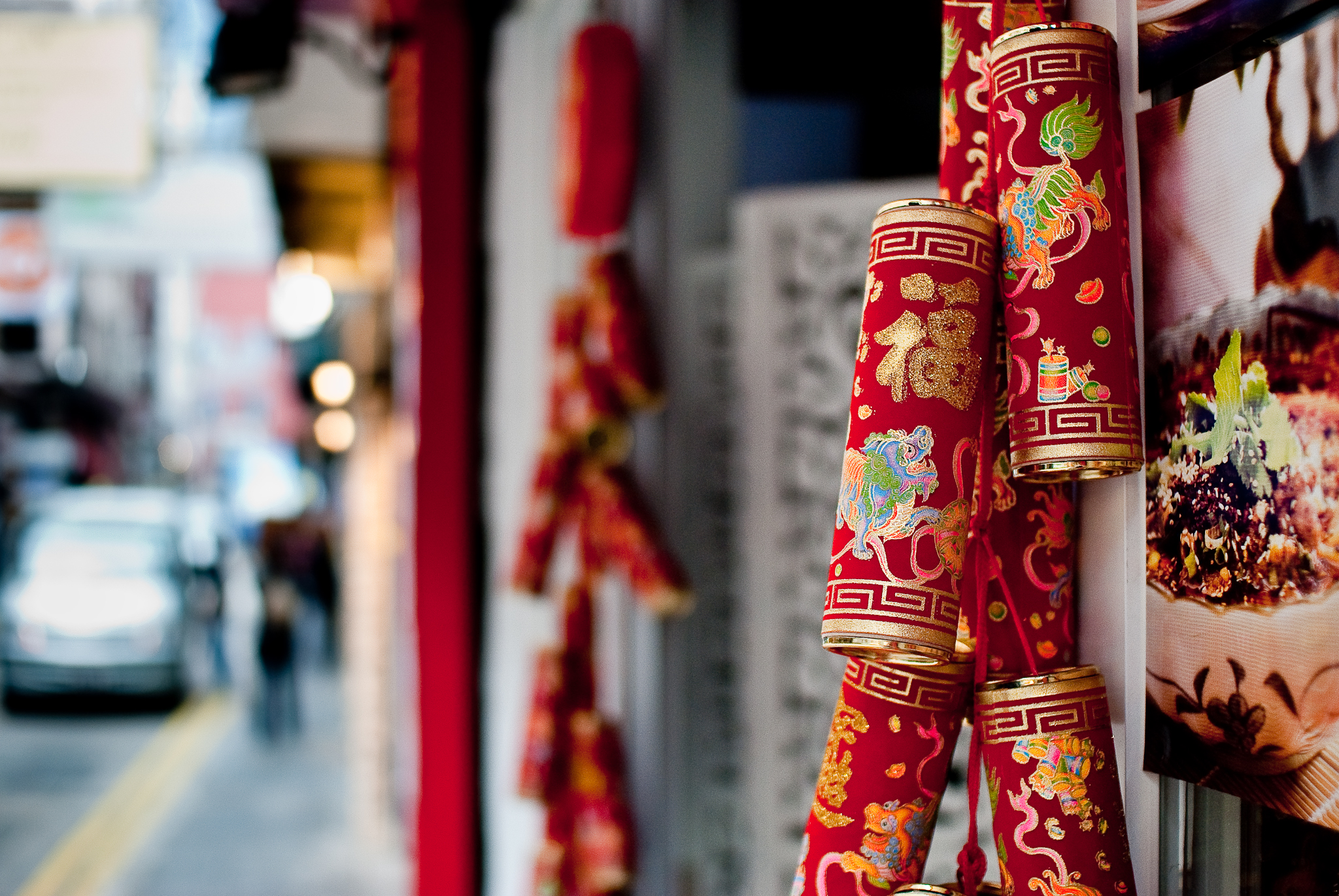
<Image: Firecracker by Clarence Chiang / CC BY>
Firecrackers are one of China’s oldest legacies. With roots tracing back to the Han Dynasty, firecrackers have remained a long-held tradition for thousands of years. These popping, bursting spectacles are an integral component of many Chinese holidays and celebrations, and with Chinese New Year fast approaching, it seems timely to explore the origins of this festive custom.
Thousands of years ago, there was a fuel shortage that drove villagers to harvest bamboo from neighboring forests. What the villagers did not understand at the time was that bamboo doesn’t easily lend itself to fire consumption. Because of its speedy growth, bamboo traps a great amount of air in its stalks. Upon heating, the air expands and compresses within the stalk.
For the unsuspecting villagers, turning to bamboo as a fuel source resulted in alarming surprise. When the green bamboo was carved up and dropped in the fire, the air trapped inside the bamboo heated, compressed, and burst the bamboo with a loud BANG! The bangs and pops frightened the villagers and terrified the livestock. After the terror of the moment had abated and the source of the commotion was discovered, the villagers found a new use for this resource. Reasoning that if the exploding bamboo could terrify animals and mortals, it would surely frighten the spirits and monsters long believed to torment communities. Firecrackers became a ritualistic custom in Chinese culture as a guard and protection against supernatural evils.
The firecracker continued to evolve over the centuries. Chinese alchemists discovered gunpowder during the Tang Dynasty, and this potent substance was added to the firecracker to intensify the explosion. Paper rolls later replaced bamboo, though the rolls retained the look of the bamboo stalks from which the first firecrackers originated. The Chinese name for firecracker, too, pays homage to the early bamboo stalks: bàozhú (爆竹) means “exploding bamboo.”
Today, firecrackers are used worldwide for large national events, such as Independence Day in the United States, Guy Fawkes Night in England, Diwali in India, and many other holidays worldwide. The largest use of firecrackers, however, is still in celebration of Chinese New Year. This thousands-year-old custom still thrives: firecrackers set the soundtrack of Chinese New Year with pops and bangs, scaring away the monsters and delighting those who light the fuse.
To learn more about Chinese New Year firecrackers and fireworks, check out our earlier post “Chinese New Year: A Feast of Fireworks.” There, you’ll discover more about the New Year’s monster and Chinese New Year fireworks displays.
Make Your Own Firecrackers
Make your own Chinese New Year firecrackers to celebrate the Year of the Goat. Follow these simple steps to create your own (gunpowder-free) firecracks for the holiday.
-
 Prepare one long strip of red paper and several rectangles of identical size.
Prepare one long strip of red paper and several rectangles of identical size. -
Write down your New Year wishes on each rectangle.
-
Roll up each rectangle.
-
Place the rolls in two columns along the long strip of paper.
-
Voila! A New Year firework full of New Year wishes and blessings!


Comments